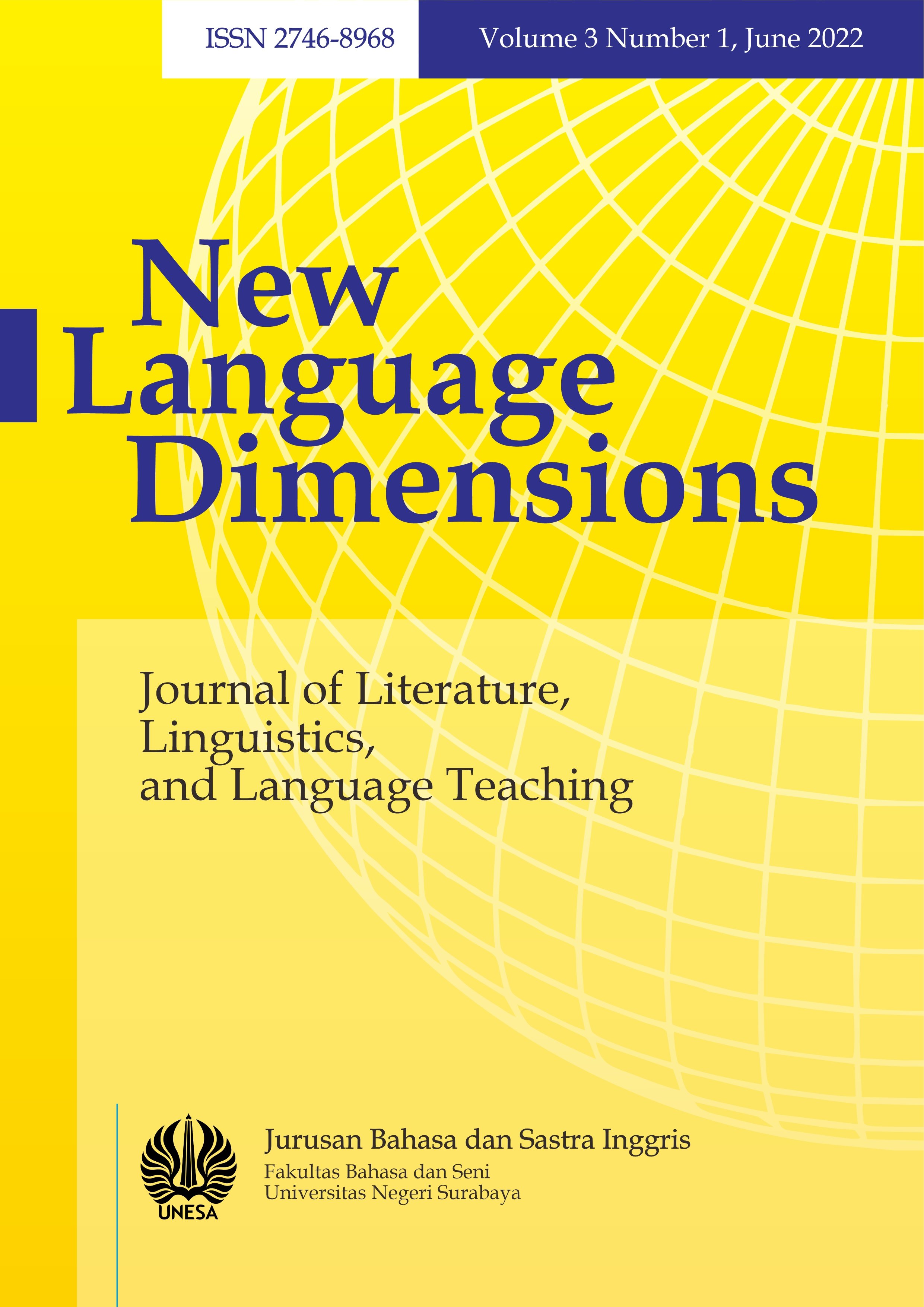Self-Regulated Training to Reduce Speaking Anxiety of Senior High School Students in Online English Learning
DOI:
https://doi.org/10.26740/nld.v3n1.p11-23Abstract
Research in speaking anxiety has been done by some previous studies, however, none of them has investigated the effect of self-regulated strategy training on reducing symptoms of speaking anxiety in online learning. Therefore, this study aims to investigate the symptoms of speaking anxiety reported by students before and after following self-regulated strategy training and also explain how the self-regulated strategy training help students to reduce the symptoms of speaking anxiety during online learning. The researcher used pre-experimental method which was a one-group pre-posttest. There were 20 students from Senior high school as the sample. The instruments used were questionnaire and interview. To collect the data, a questionnaire and interview was distributed. The obtained data were analyzed using SPSS Statistics, specifically paired sample t-tests and transcribing from interview’s result. The result of this research reveals that students have symptoms of anxiety before following self-regulated strategy training including tenseness, worried, confusing, jumbling, panic, trembling, stiffing, palpitation, sleep disturbances and perspiring. However, after following self-regulated strategy training the students can reduce all the symptoms. In conclusion, self-regulated training could reduce symptoms of speaking anxiety during online English learning.
Downloads
References
Ary, D., Jacobs, L. C., & Sorensen, C. (n.d.). Introduction to Research in Education.
Bates, T. (2014). A short history of educational technology. Online Learning and Distance Education Resources. https://tonybates.wpengine.com/2014/12/10/a-short-history-of-educational-technology/
Dabaghi, P. (2020). Journal of Language Teaching and Research. Journal of Language Teaching and Research, 11(6).
El-Sakka, S. M. F. (2016). Self-Regulated Strategy Instruction for Developing Speaking Proficiency and Reducing Speaking Anxiety of Egyptian University Students. English Language Teaching, 9(12), 22. https://doi.org/10.5539/elt.v9n12p22
Hamm, A. O. (2020). Fear, anxiety, and their disorders from the perspective of psychophysiology. Psychophysiology, 57(2). https://doi.org/10.1111/psyp.13474
Downloads
Published
Issue
Section
 Abstract views: 422
,
Abstract views: 422
, PDF Downloads: 555
PDF Downloads: 555











